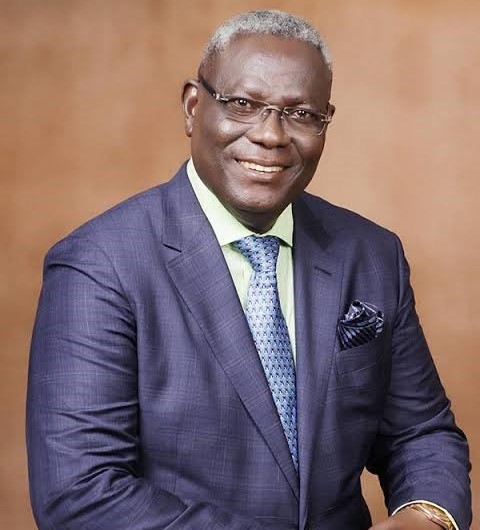The global economy is moving faster than ever—markets shift overnight, technology evolves by the second, and yesterday’s strategies rarely guarantee tomorrow’s results. In this landscape, leadership is no longer about stability; it’s about adaptability.
The most successful CEOs and policymakers today share one trait in common: they pivot quickly. When supply chains collapse, they build new ones. When customer behavior changes, they redesign the business model. When crises hit, they treat them not just as setbacks but as catalysts for reinvention.
Consider the wave of companies that leaned into digital transformation during the pandemic. Those that embraced e-commerce, automation, and remote operations didn’t just survive—they unlocked entirely new revenue streams. The lesson is clear: resilience isn’t about resisting change; it’s about moving faster than change itself.
Modern economic leadership requires balancing vision with agility. Yes, bold ideas matter—but execution under uncertainty matters even more. Leaders must foster cultures where experimentation is rewarded, collaboration is constant, and innovation is non-negotiable.
In an age where capital can vanish and trends can flip within weeks, adaptability has become the new currency of leadership. The leaders who understand this won’t just weather economic storms—they’ll turn them into competitive advantages.


0 Comments